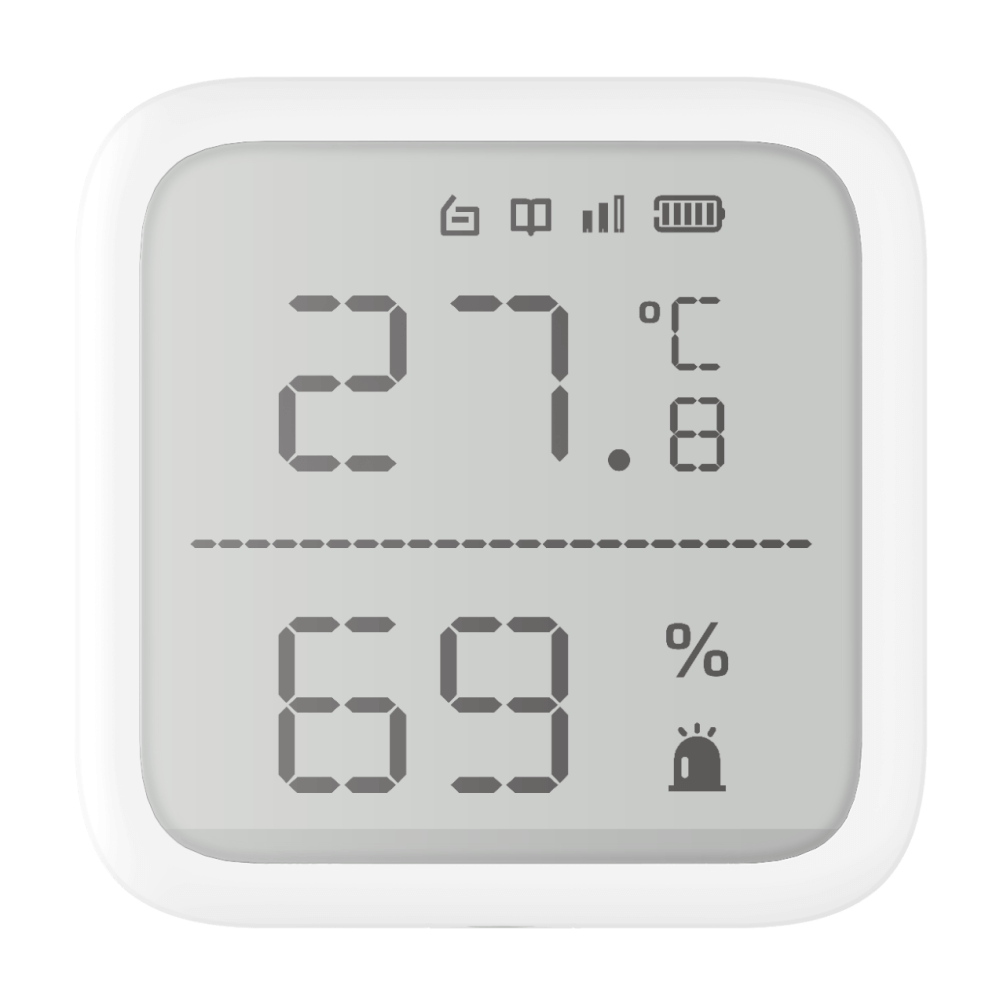Conventional fire systems
Conventional fire alarm systems are traditional and widely used systems for fire safety. These systems are used to detect and warn of fire incidents. Conventional systems are widely used, especially in small and medium-sized buildings and facilities.
Main Features of Conventional Fire Systems:
Simplicity:
These systems have a simpler structure. Fire detectors are grouped into several zones, which makes it easier to install the system.
Zones:
In conventional systems, detectors are grouped by zones. Each zone helps identify the location of a fire incident, but does not provide an exact address.
Central Control Panel:
The system works with a central control panel that collects the signals of all detectors. This panel notifies the user when a fire event is detected.
Fire Detectors:
Smoke, heat and gas detectors are used to detect fire events.
Components of a Conventional Fire Alarm System:
Fire Detectors:
Different types of detectors (smoke, heat, gas) are used to detect fire events.
Warning Devices:
Alarm signals (sirens, lights) are used to warn users about a fire event.
Central Control Panel:
It is a device that collects data from all detectors and manages alarm signals.
Auxiliary Equipment:
Auxiliary equipment (such as radio link modules) is available that can be added to the system.
Advantages of Conventional Fire Systems:
Easy to Detect:
Due to the simple structure of fire detectors, the system is easy to install and maintain.
Comparative Cost:
Conventional systems are lower cost than addressed systems, which makes them attractive for small projects.
Quick Setup:
Due to the simple design and few components, the system can be installed quickly.
Security Enhancement:
Timely detection of fire events increases people's safety.
Areas of Use of Conventional Fire System:
Small and Medium Buildings:
It is widely used in offices, shops, restaurants and other small facilities.
Public Facilities:
It is applied in schools, sports halls and other public buildings.
Industry:
It is used for the purpose of fire risk management in industrial enterprises.
Responsible Organizations:
It is applied in organizations and enterprises that comply with fire safety requirements.








